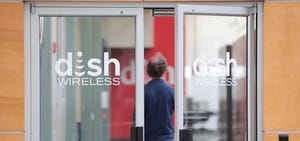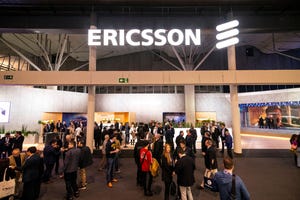Study: FTTH Set to Explode
Fiber-to-the-home installations to reach approximately 1M by 2004, according to study released at the FTTH Council's conference
October 15, 2002
NEW ORLEANS -- According to a new study released during the Fiber-to-the-Home (FTTH) Conference 2002, the first annual conference hosted by the FTTH Council, FTTH installations are expected to leap by 330 percent in 2003 from 72,100 homes passed to 315,000 homes passed, ultimately reaching between 800,000 and 1.4 million homes by 2004. The study, entitled "Fiber to the Home and Optical Broadband 2002," builds on an earlier report on FTTH installations released in August that showed a 2002 growth rate of more than 200 percent. The new study provides the most accurate and detailed picture to date of the fast-growing FTTH market. Prepared by the market research firm Render, Vanderslice & Associates, the study is based on more than 600 interviews at all levels of the FTTH market. It comprises background interviews with industry experts, a census of current FTTH projects, and random samples of key FTTH markets. Key market segments include developers of large housing developments and master planned communities, public electric companies (municipalities, public utility districts, and rural electric coops), independent telephone companies (ILECs), and competitive telephone companies (CLECs). Homes passed projections for 2003 are based on construction schedules reported by FTTH providers. "Homes passed" in the study refers to the actual number of homes where a fiber connection is available. "This study clearly shows that fiber is the broadband technology of the 21st century and that the number of homes with fiber installed will reach a critical mass within a few short years," said James Salter, president of the FTTH Council. "With fiber's tremendous bandwidth, the benefits of current and future broadband applications for work, telemedicine, education, entertainment, commerce, community outreach and security can be fully realized and enjoyed by homeowners." The study also found that over the last six months, more than one percent of all new homes in the U.S were built with FTTH service available. In contrast to the exponential growth of FTTH, other broadband technologies such as DSL and cable modem are said to be growing at a rate of approximately 72 percent per year. The average take-rate for high-speed Internet services in FTTH projects was found to be 21 percent, compared to 14 percent for DSL and cable modems. Currently, almost all FTTH homes are offered high-speed Internet, nearly three-fourths video, and two-thirds voice. To date, 60 percent of all FTTH homes are offered all three services. Fiber-to-the-Home (FTTH) Council
You May Also Like










